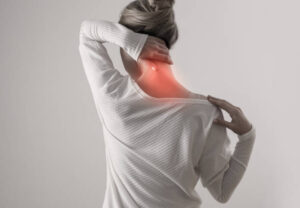
Scientific evidence supports that chiropractic manipulative therapy (CMT) of the neck may lead to stroke. When a chiropractor rotates the neck, this movement places pressure on the vertebral arteries that run through the neck and supply blood to the brain. Some experts say that this pressure may cause the arteries to dissect leading to a lack of blood flow and resulting in stroke. Reports of this phenomenon have increased now that public awareness of this potential risk has grown.
The relationship between CMT and arterial dissection has been hotly debated between the alternative medicine chiropractic community and members of the mainstream medical community for decades. A study conducted by J. David Cassidy, a Canadian chiropractor concludes that there exists “no evidence of excess risk of vertebrobasilar (VBA) stroke associated chiropractic care compared to primary care.” Risk of Vertebrobasilar Stroke and Chiropractic Care, Results of a Population-Based Case-Control and Case-Crossover Study, S176 (1993).
In 2014, the American Heart Association and the American Stroke Association, prepared a scientific statement on this issue entitled Cervical Arterial Dissections and Association with Cervical Manipulative Therapy (“Stroke Council Statement”), written by a committee of 13 members including board certified neurologists, neurosurgeons, emergency medicine physicians, chiropractors and other medical professionals from institutions such as Mayo Clinic, Stanford and Alberta University, among others. The American Association of Neurological Surgeons and Congress of Neurological Surgeons endorsed the statement. In relevant part, the Stroke Council Statement concludes:
That most population controlled studies have found an association between CMT and (vertebral artery dissection) stroke in young patients. Although the incidence of CMT-associated (vertebral artery dissection) in patients who have previously received CMT is not well established, and probably low, practitioners should strongly consider the possibility of CD as a presenting symptom, and patients should be informed of the statistical association between CD and CMT prior to undergoing manipulation of the cervical spine. (Emphasis added)
If you are considering CMT of the neck, please consult with your physician regarding the risks. We have recovered millions of dollars for clients who have suffered strokes due to improper CMT. If you or a loved one has suffered a stroke or another injury that you believe was caused by CMT, please contact Attorney Elizabeth (Liz) C. Thomson of the law firm of Hertz Schram PC for a free legal consultation at [email protected] or call 248-335-5000.















